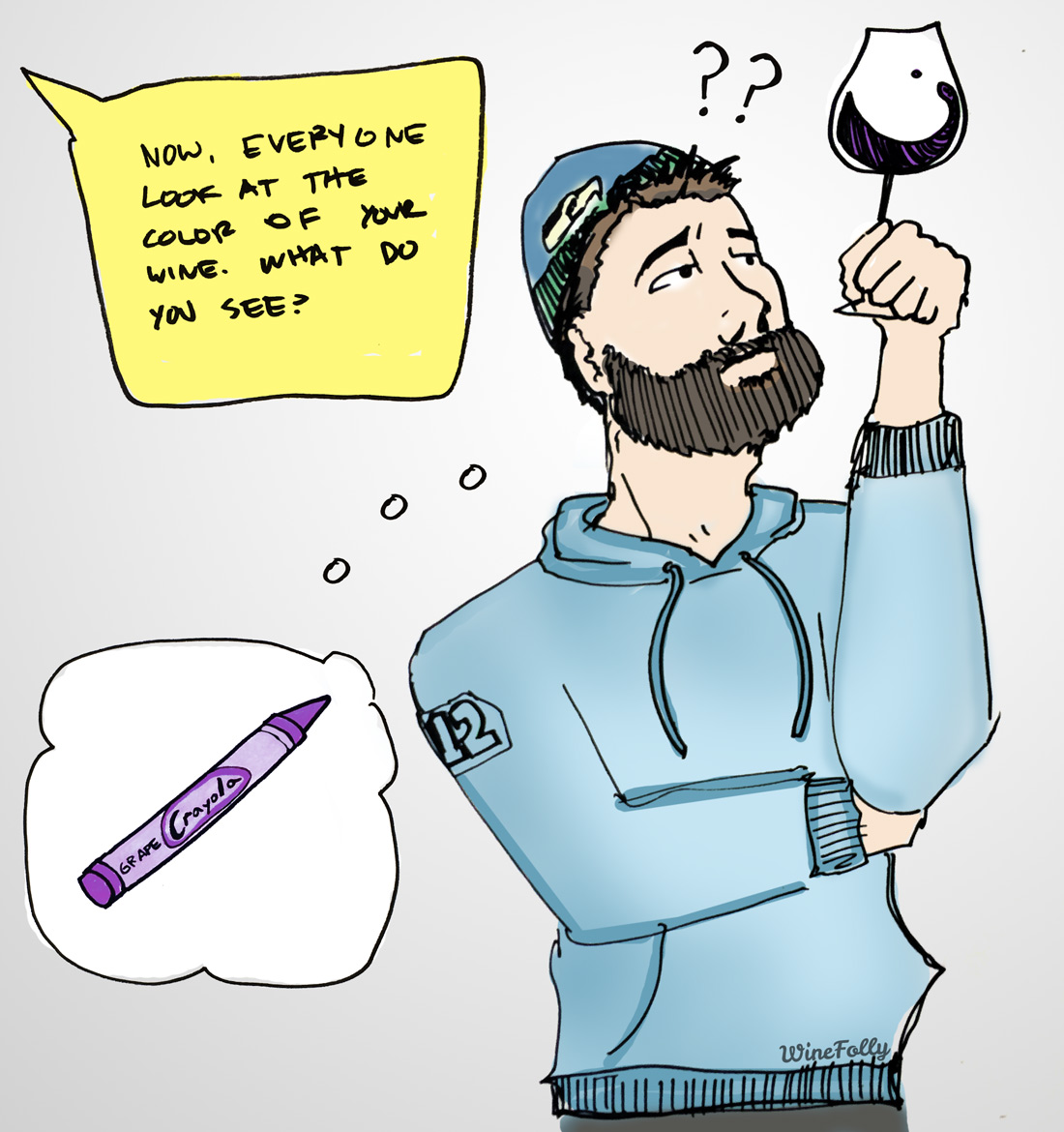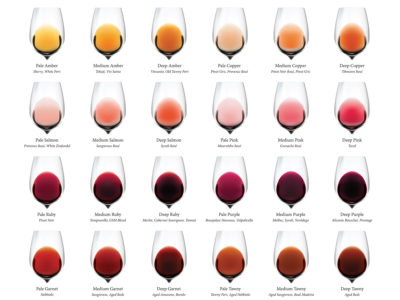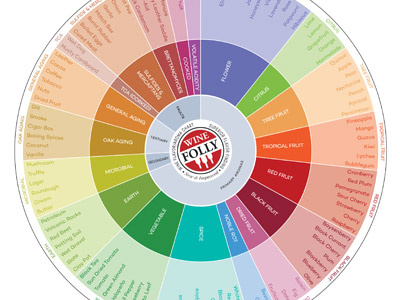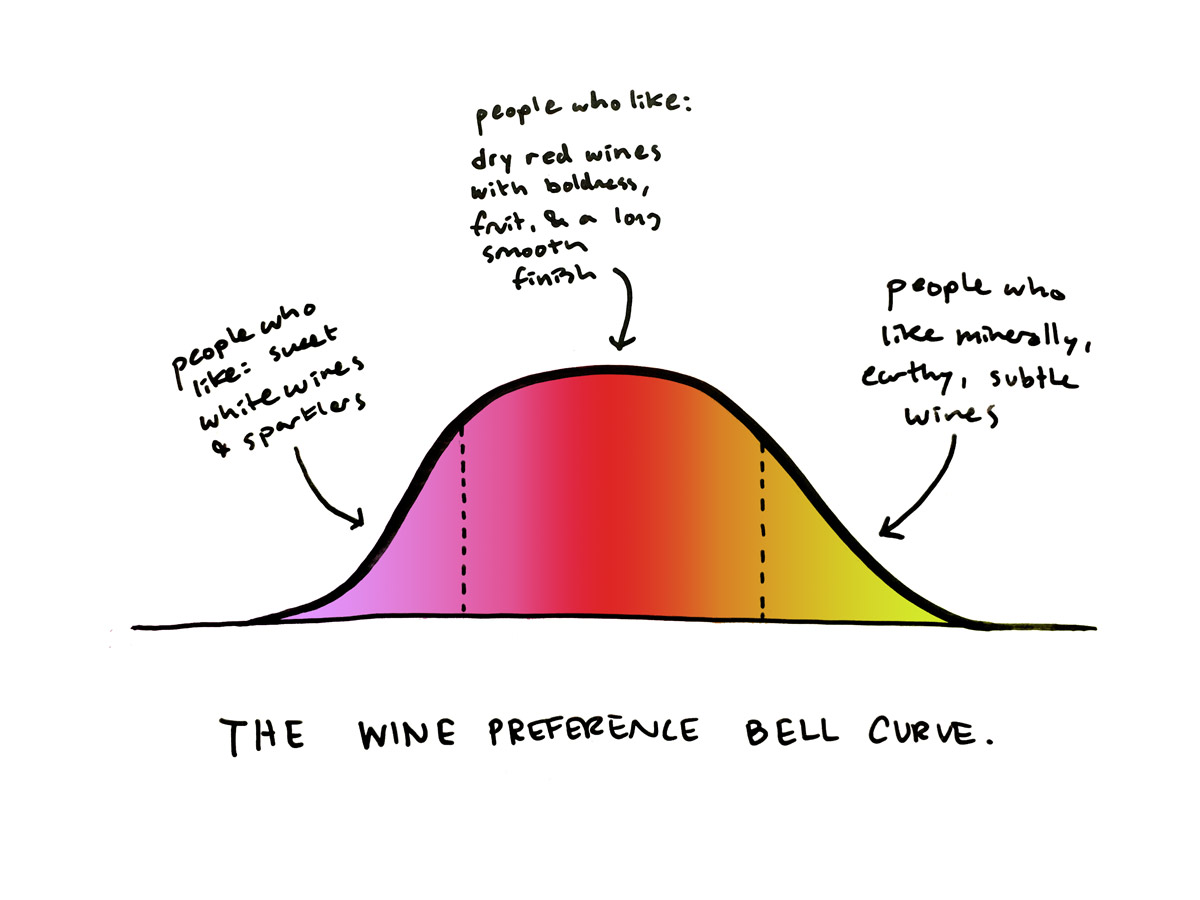Improve your ability to write wine tasting notes with a simple process.
Taking better notes improves your ability to read wine ratings and reviews. Ultimately, you can use this knowledge to buy (and drink) better wine.
So, what are we waiting for? Let’s learn how to do it right. 😉
Why Taking Notes Makes You Smarter
On the surface, taking notes seems a bit banal. However, the practice builds powerful skills of observation and recollection. Plus, it might actually be good for your brain.
In a related study, Master Sommeliers demonstrated increased brain activity in memory and cognitive function.
So, if you’re already sipping wine regularly, why not use it as an opportunity to exercise your brain?
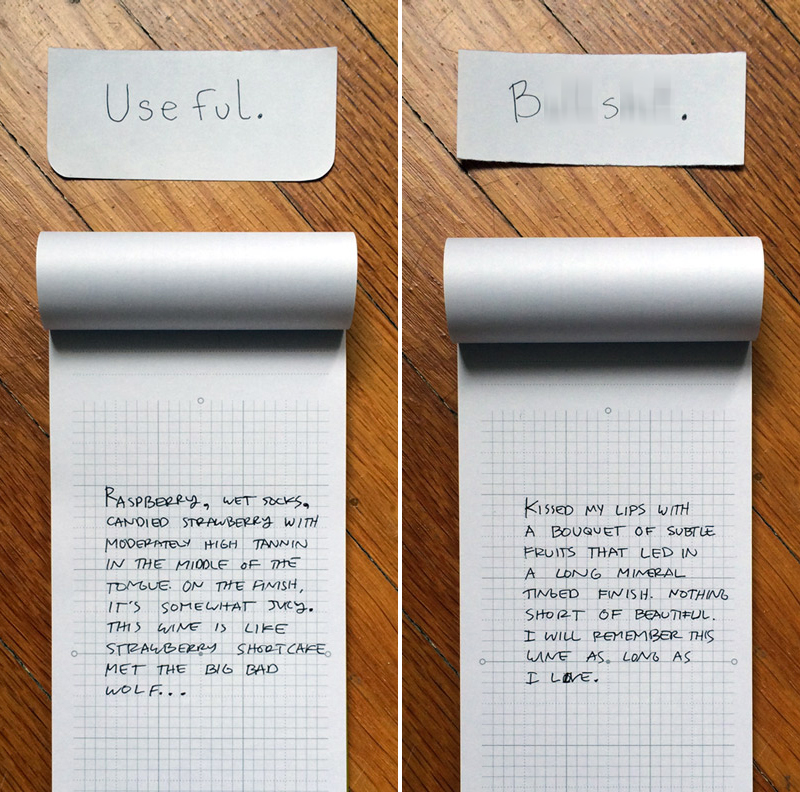
A Wine Tasting Note in Four Parts
- Look: Observe wine in your glass.
- Smell: Identify five unique aromas in your wine.
- Taste: Quantify the traits of acidity, tannin, alcohol level, sweetness, and body.
- Think: Put it all together and refine your opinion.
Check out our Tasting Journal or Wine Tasting Mats for more details.
Look
Red, white, pink, orange… It seems simple enough! In fact, the color of a wine can tell us a lot about what’s going on inside the glass.
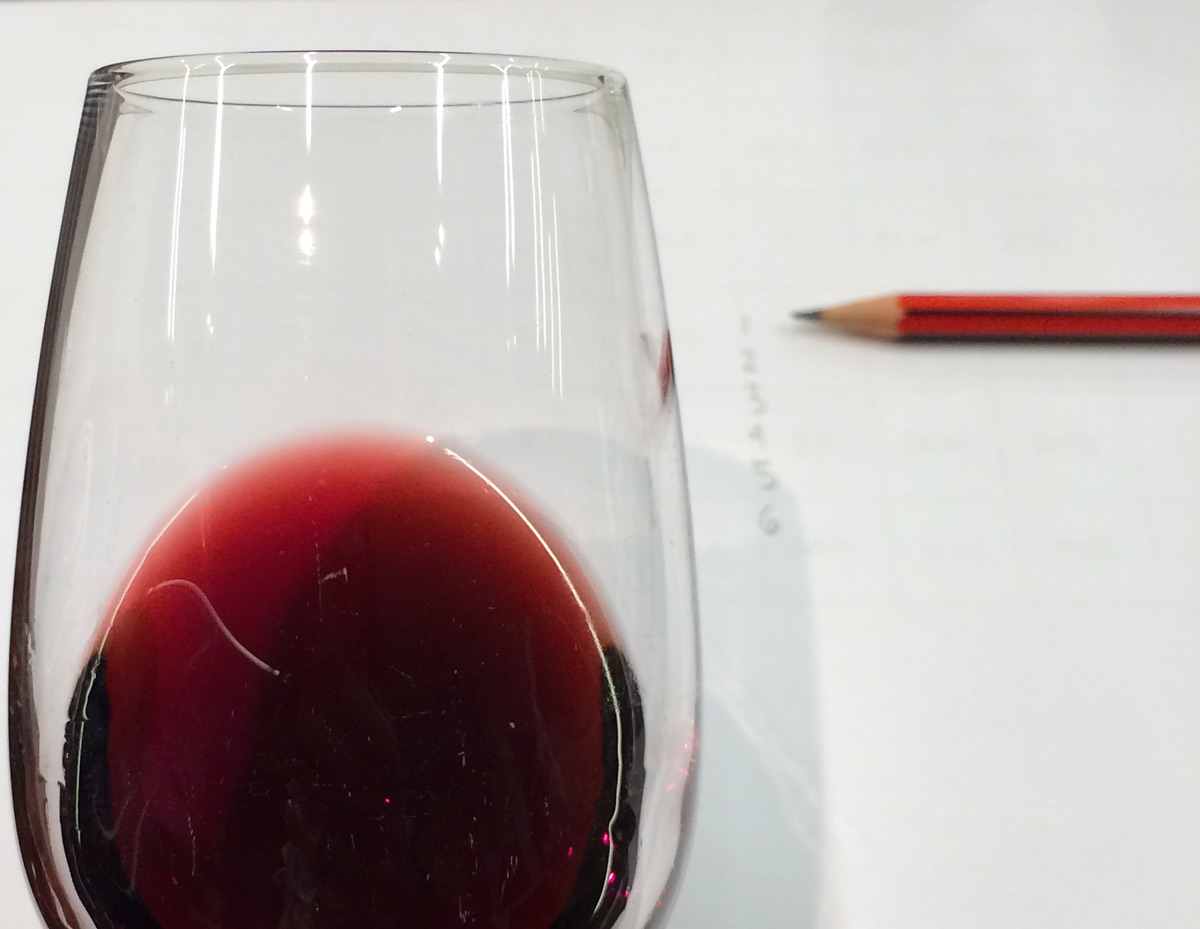
HUE: Take a look at the hue. If it’s a red wine, is it more pinkish or reddish? This simple color observation is often a big clue as to the variety(ies) and climate where the wine was made.
- The generally accepted hues for red wines are: Purple, Ruby, Garnet, and Tawny.
- White wines use: Straw, Yellow, Gold, and Amber.
- Rosé wines use: Pink, Salmon, and Copper.
Next, take a look at the color from the edge to the middle of the glass. How opaque is it? This is the color intensity.
Also, how much does the color change from the rim to the middle? This “rim variation” is often an indicator of age in a wine.
VISCOSITY: Swirl your glass and take a look at how it forms tears (aka “legs”) on the side of the glass. Are they thick, slow-moving tears or fast ones? This tells us the wine is either higher alcohol, higher sweetness, or both. It’s actually a phenomenon called The Gibbs-Marangoni Effect.
CLARITY: Is the wine clear, cloudy, or turbid (cloudy and thick with suspended particles)?
Clarity is a hint towards some winemaking techniques used on the wine, including fining and filtering.
See More Colors
Use this chart for accurate color assessment.
Smell
This step might just be the most important. It allows our brains a chance to develop an aromatic profile of a wine before we taste it.
Wine contains hundreds of different aroma compounds. These compounds provide clues as to what the wine is, where it is from, and how it was made.
Sommeliers refer to some of these aromas as “impact compounds,” because they reveal secrets in the glass!
Here’s what you ca look for,specifically:
- Fruit, flower, or herb smells that are indicative of the wine or grape variety.
- Baking spices and vanilla or other aromas that are caused by aging and oak aging.
- Organic or inorganic earthy smells caused by yeast that often indicate the wine’s regional style.
Do your best to create a profile of individual smells ordered from most obvious to least obvious.
Pick Out Flavors
Use this chart to help pick out flavors.
Taste
Now it’s time to taste!
When we taste wine, it’s all about the texture. We sense body, sweetness, acidity, and tannin on our tongues as presence, oiliness, tartness, and astringency. When you taste a wine, focus more on these textures and how they evolve from start to finish. After this is done, you can think about flavors!
Many sommeliers rank a wine’s traits with a ranking of 1 (low) to 5 (high).
- Body: Does it fill your palate or is it barely there?
- Sweetness: Many dry wines have a small amount of residual sugar (RS), which we sense as oiliness.
- Acidity: How tart and sour-tasting a wine is. (Technically, we are sensing the concentration of free hydrogen ions or pH level here).
- Tannin: The texture of astringency that’s often accompanied by bitterness.
- Alcohol: The feeling of heat in the back of your throat. (Anything over 15% ABV is high).

Think
Writing your final conclusion in your wine tasting notes gives you a chance to tie it all together.
Here are some things to consider:
- How did the initial taste compare with the finish?
- How long did the flavor last on your palate?
- Was the wine complex or simple?
- Overall, was it a “yay!” “meh” or “bleh?”
We Are All Different, But Not That Different
In my experience, communicating with wine drinkers of all kinds, I’ve observed something like a bell curve when it comes to opinions. (I hope to research this with more data in the future!)
In the mean time, this is the general consensus that I’ve observed:
- One side of the bell curve prefers fruity, sweet wines with noticeable acidity. (Generally white and sparkling wines).
- The middle of the bell curve looks for dry wines with boldness, fruitiness, lush acidity, and a smooth finish. (These are usally red wines).
- The other side of the bell curve looks for wines with minerality, tannin, earthiness, and subtlety. (These are all kinds of unique wines).
None of these choices are right or wrong, but they are often in conflict with one another. They also affect how some of us should use wine ratings.
In fact, some wine reviewers (such as Stephen Tanzer and Antonio Galloni) rate wines higher for their structure and minerality, where as others (like Robert Parker’s Wine Advocate) rate wines higher that demonstrate the more optimal fruit/ripeness profiles.
So, where does your palate fit into this picture? (Hint, hint: Take more wine tasting notes to find out!)
(P.S. Tastes can change over time).
Useful Placemats
Our wine tasting placemats help you practice taking better notes!
